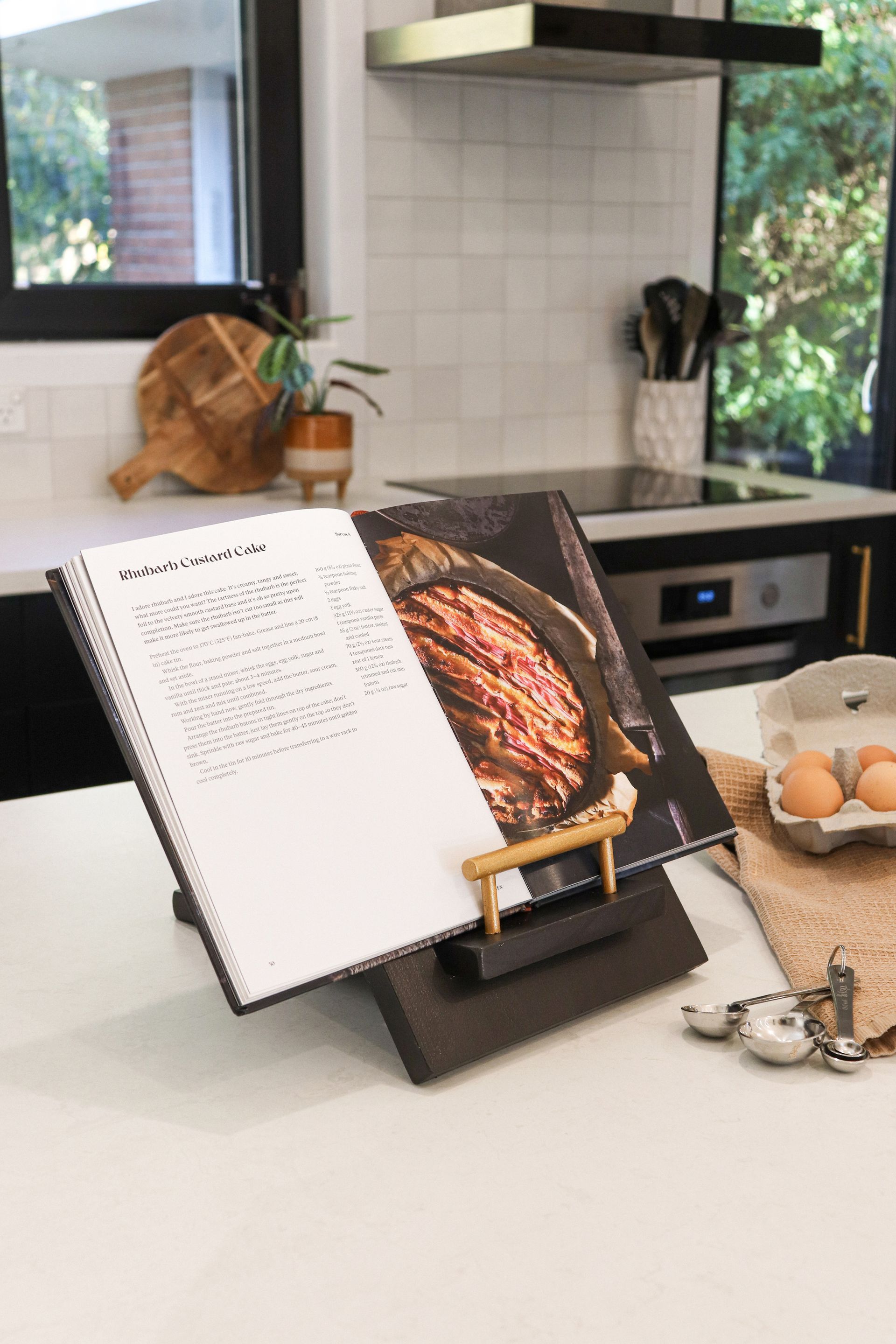Mortgage adviser Nathan Miglani looks at why new construction continues to gain in popularity with buyers and highlights a key change to lending that is on its way.
As we emerge from lockdown, sales of brand-new townhouses continue to grow across Christchurch. In less than 12 months we have seen the price of these two-bedroom, two-bathroom new builds rise from around $499,000 to $689,000 plus.
These are properties that would once be stagnant on the market but are now flying. But with 20 per cent deposit required for a new build, compared to 40 per cent for an existing home and interest rates of 1.68 per cent, it is obvious why this growth has occurred.
Ultimately the government and banks are incentivising investors and buyers to go down this path of new construction, but you need to ask yourself if it is the right investment for you. Lockdown has shown us that we need, and want space, so while the deposit requirement may be higher for an existing three-bedroom house in Bishopdale (for example) with a large backyard and off-street parking, is it a better investment long-term?
This ‘craze’ buying is fine now while interest rates are low but be wary of what the future may bring. Can you afford to be paying nearly $700,000 for a two-bedroom townhouse with no parking and have it unoccupied by tenants should interest rates rise?
And change is on the way. In fact, we can expect to see big changes coming with banks as the year comes to an end, with the introduction of the CCCFA (Credit Contracts and Consumer Finance Act), a new process that will see banks going through buyers’ spending, analysing not just your credit history and earning, but saving history and ability. Where in the past they have never judged our habitual love for takeaways or shopping, be prepared for these spending habits to be reviewed and added to a bank’s decision-making process around lending.
Which makes our role as mortgage advisers all the more important. We are able to sit down with you, face to face, or via Zoom, to discuss your application for lending – something we will see less of from banks as they continue to shrink their frontline staff.
We work with you to identify areas of concern in your application before submitting to four different banks. We are then on hand to discuss the rates and lending possibilities from each one with you – looking at the pros and cons of each. And there are no fees – we get paid by the banks.
So while there are big changes coming, there are solutions, and we are here to help you make the buying journey nice and easy.
Years of experience mean Nathan Miglani knows how to give you the best possible chance of success if you are thinking of buying or building a property. Whether it’s a first home, next home, rental or a development, Nathan and his team are passionate about helping you through the process and they’ll find the best deal for your unique circumstances.
Recent stories



All Rights Reserved | CountryWide Media


